Best HTML Editors
We all know that the name of the HTML language comes from HyperText Markup Language, which means hypertext markup language. Markup language terminology suggests that it is a text document with indications of headings, lists and other highlights in the text. The vast majority of sites that you can find on the World Wide Web are written in HTML. Information is transmitted from the server to the browser using special protocols and compression conditions. It is also known from history that the language was developed by Tim Berners-Lee in 1986-1991.
To be fair, a regular notepad can serve as an editor. But this is inconvenient; there are many editors with more convenient functions (character guessing, visual editing, code highlighting, etc.).
So, let's look at the best HTML editors:
1 place. Sublime Text
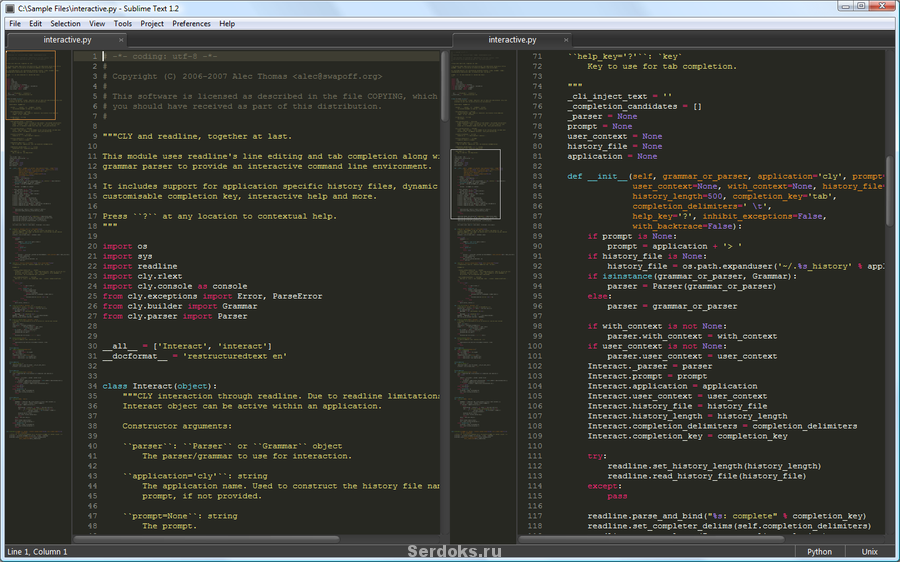
A simple, free, convenient editor for various codes. Among the advantages, one cannot fail to note the pleasant interface, ease of management, and flexible configuration. Another undoubted advantage is that this editor is multi-platform. I really liked the multiple selection and editing function; other editors do not have this function. It works like this: you hold down Ctrl and after selecting lines of text, they are edited simultaneously. This editor also has a hotkey function for any action. There are not many plugins yet.
2nd place. Aptana Studio
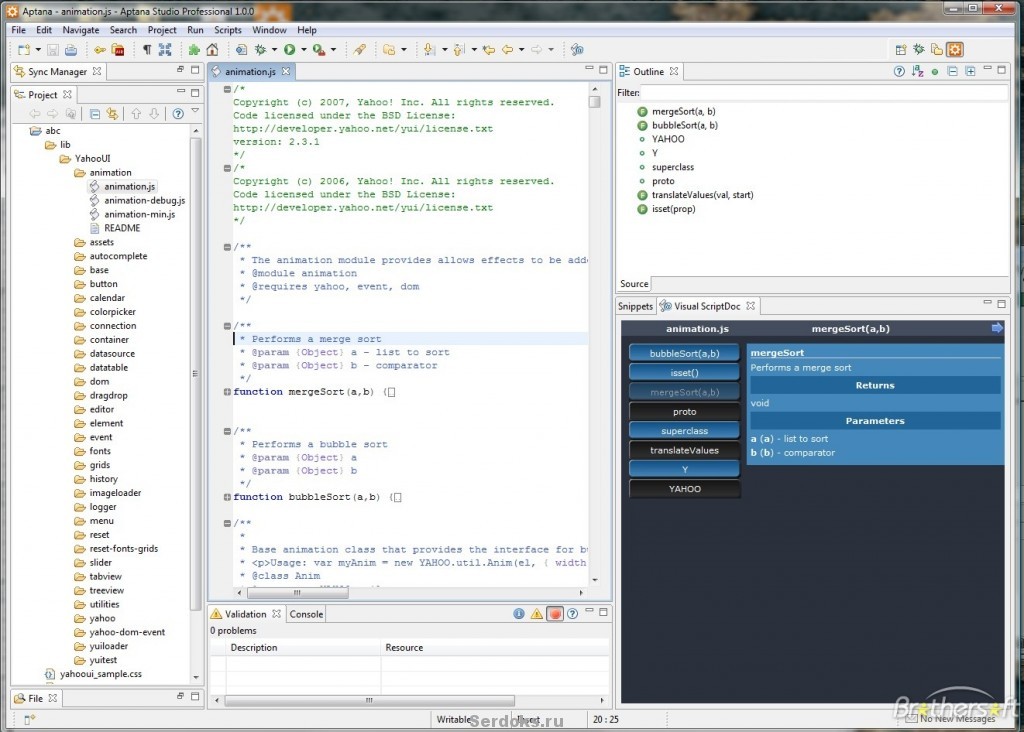
This editor was mainly created for developing web applications, but also works very well with HTML. Among the advantages, one cannot fail to note the excellent auto-completion, code highlighting and an excellent project management system. For a free editor, these features are simply invaluable. Just like Dreamweaver, you can find many plugins on the official website. Of course, a large selection of plugins, options, and settings can be intimidating for a beginner, but Aptana Studio is an excellent choice if you need a convenient and functional HTML editor.
3rd place. Notepad++
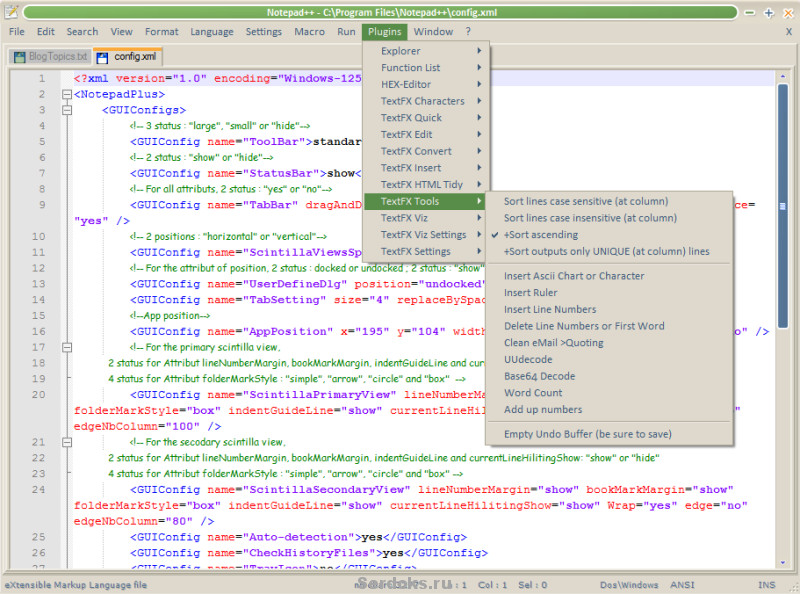
Positioned as a free and open source editor. The functions of highlighting and auto-completion of code blocks are well organized; functionality can be increased due to a large number of plugins and modules. Also, this editor works very quickly even with a large number of plugins.
4th place. Macromedia (Adobe) Dreamweaver
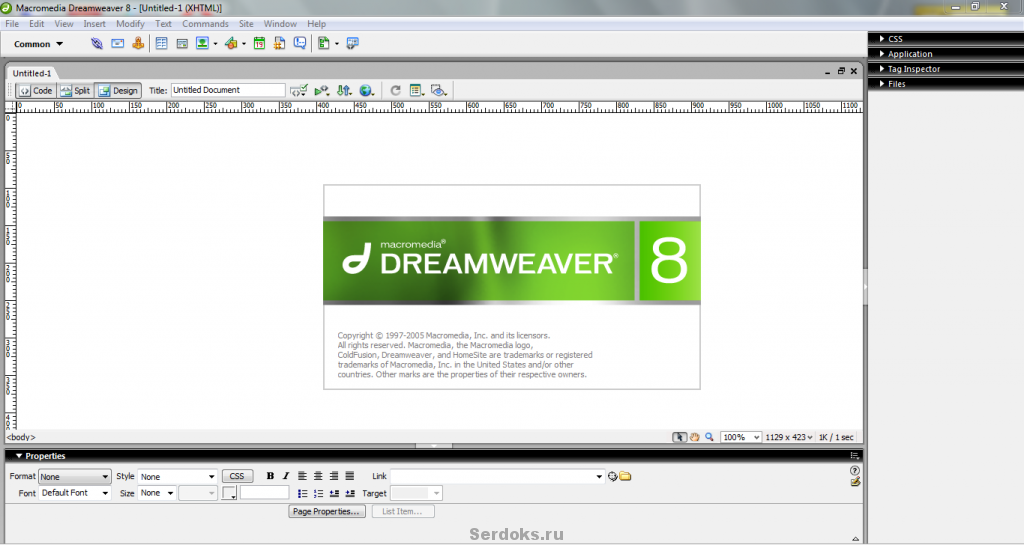
It is one of the oldest editors and stays afloat thanks to its many functions. When using this program, you can simultaneously view the design and code of the page, tooltips and autocompletion of HTML tags and attributes are also used. The search and replacement of symbols is conveniently organized. On the official website of the program you will find many commercial and non-commercial plugins for this program.
5th place. RJ TextEd
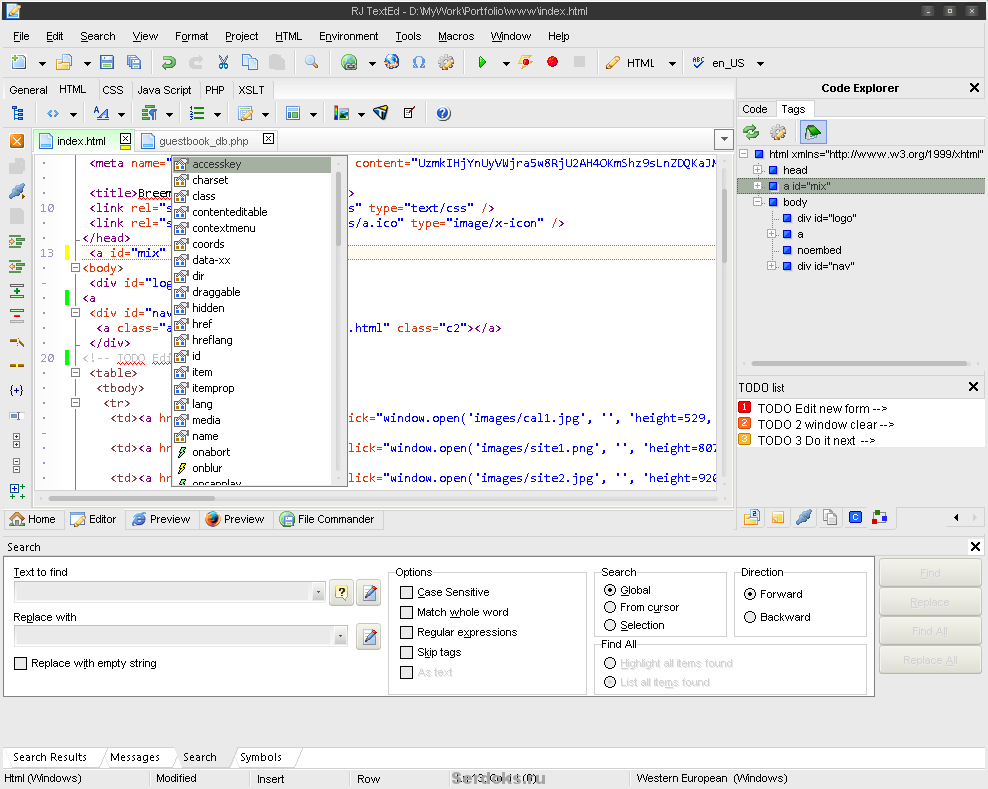
A simple free editor written in 2004 for the Windows operating system. In it you can customize the code highlighting for yourself, auto-closing of tags and quotes partially works. There are a decent number of disadvantages, both serious and invisible, for example, there is no FTP client, there is also no pickup of dependent files, there is no support for CSS 3, JS, etc.
6th place. KompoZer
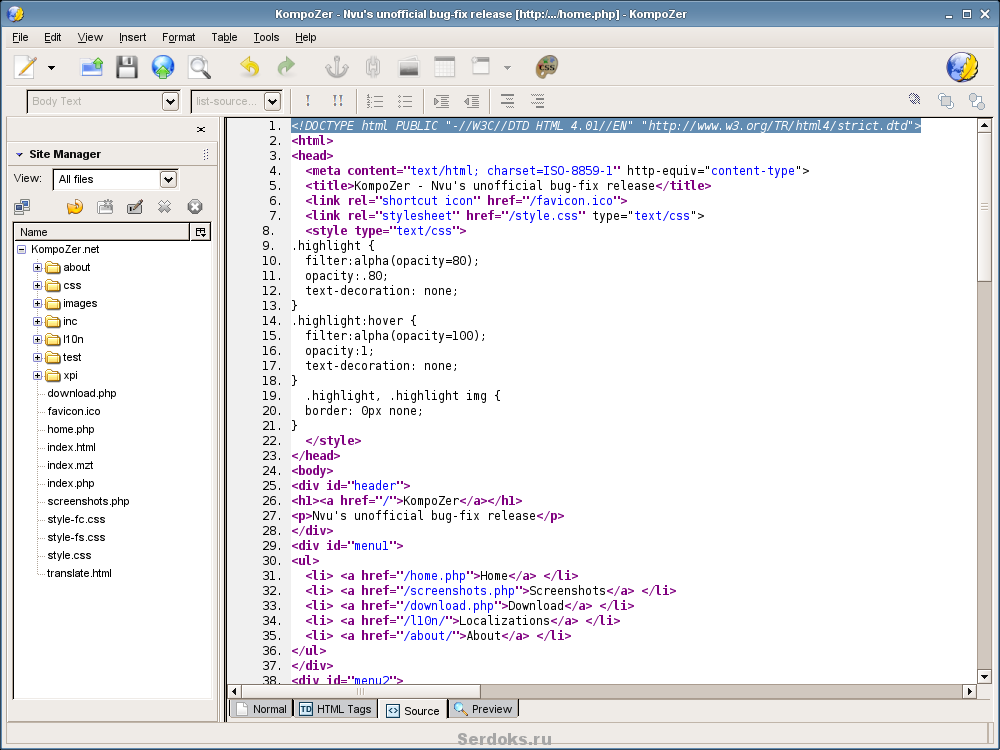
This is one of the best free visual editors. You can immediately see how the page will look in the browser when editing. Supports all HTML elements. KompoZer is, of course, not a paid Dreamweaver and it behaves accordingly. One of the advantages is the built-in CSS editor and FTP manager.
7th place. Komodo Edit
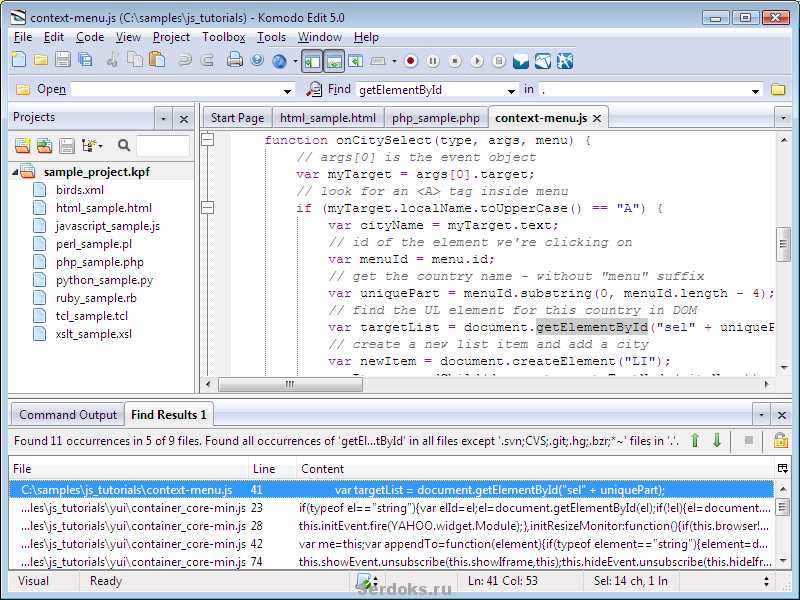
This is a free editor developed from the commercial Komodo IDE from which it inherits many functions. The editor has standard auto-completion and code highlighting. The advantages include quick startup and convenient hot keys. There is also a built-in mechanism for installing extensions. Initially developed as a multifunctional editor.
8th place. Vim
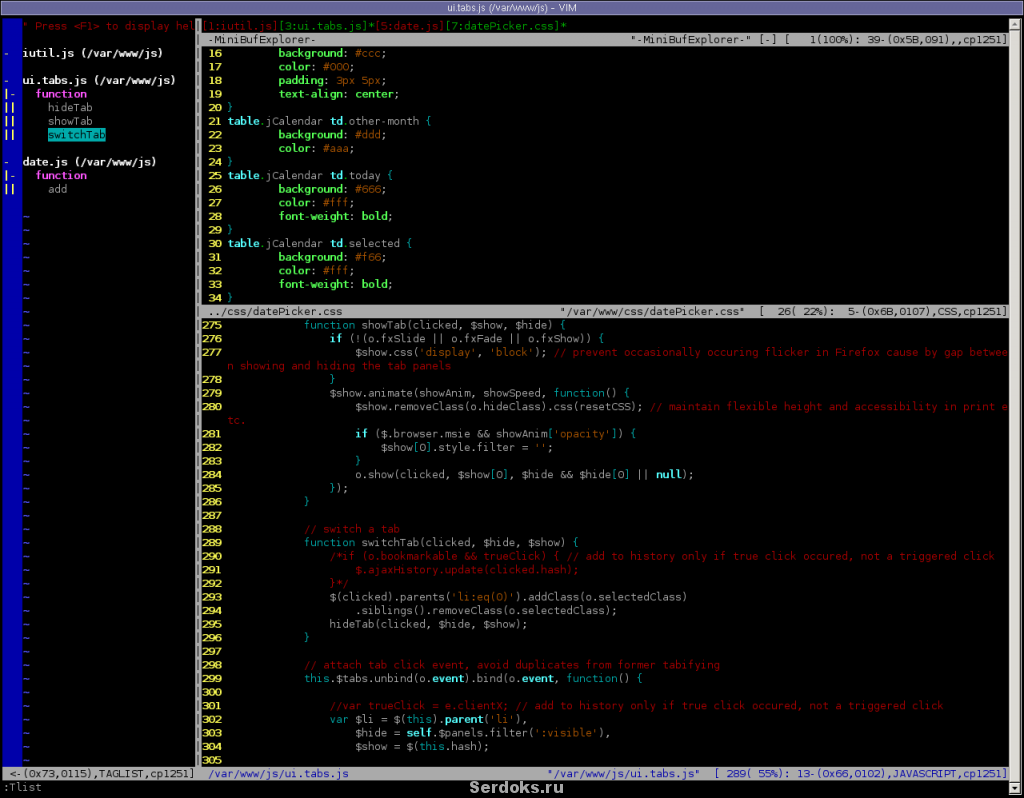
The good old editor, developed on the basis of the older Vi which was created back in 1976. You may ask why we still use something that was created almost 40 years ago? Yes, because it is excellent performance and ease of control. Of course, you need to get used to this editor a lot, firstly you need to master touch typing (because without it there is nothing to do in Vim), learn the hot keys, through which the main control of the program takes place.
9th place. Fraise
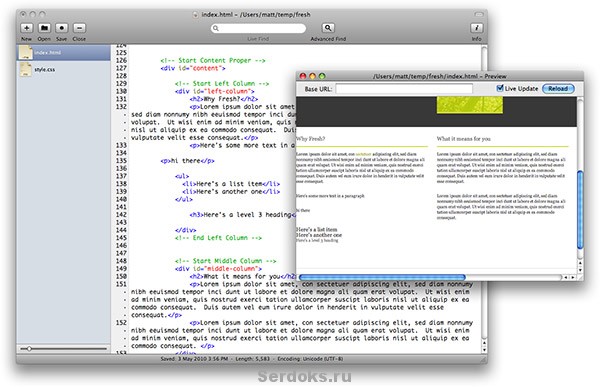
Fraise is a free text editor with syntax highlighting. It was developed by Jean-François Moy based on Smultron. The advantages include excellent block management, character encoding, splitting into 2 windows, and much more. But the main disadvantage is that this editor only exists for Mac OS.
10th place. PSPad
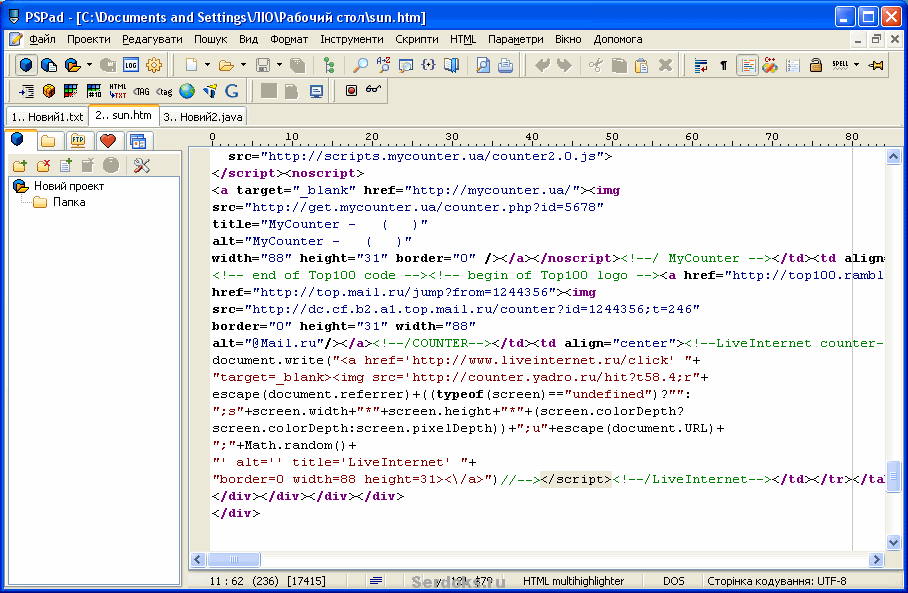
A universal text editor for the Windows platform, with many useful features. A very nice feature of this program is the function of compressing HTML code, for faster loading of pages, I have not seen this in other editors.
